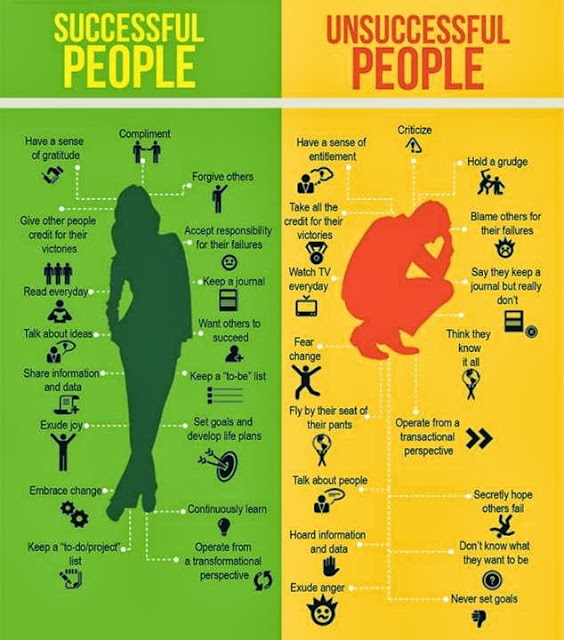Cooum River - A Past Glory
The Cooum River, is the famous river which ends in the city of Chennai (formerly Madras) in India on the Bay of Bengal. The river almost bisects the city.
The name of Cooum appears to be derived from Tamil Literature. The word "coovalan" denotes a person who is well versed in the science of ground water, well water and stagnant water.
It is also considered to be the shortest classified river draining into the Bay of Bengal and is only about 65 km long. Its source is in a place by the same name 'Koovam' in Tiruvallur district adjoining Chennai district.
History
Cooum is presently a river spoiled by filth and pollution and the water quality is considered to be highly toxic and completely non-potable. As early as thirty years ago recreational boats were available for leisure boating. The Annual tourism exhibition used to take tourists in the waterways until 1985. Ancient documents from the nearby temples states 'reaching salvation' on having a dip in Cooum. The 2004 tsunami cleaned the mouth of the river - but the pollution is back with in a short period.
Pollution
The river is narrow, placid, slow and meandering. The study of the river was undertaken as part of a World Bank funded project and shows that it is 80% more polluted than treated sewer. PWD sources said government agencies like Chennai Corporation and Chennai Metropolitan Water Supply and Sewerage Board, and business units and retail outlets on the banks of the Cooum were responsible for the pollution. The water has almost no dissolved oxygen, and instead there are traces of heavy metals like copper, besides sewage and sludge. Due to its narrowness and about 3500 illegal hutments along its banks, it has not been recently desilted, which has closed it to river traffic.
There is currently a project funded by World Bank to clean up this river. The project, set to take off in March 2009, is expected to be completed by 2010.

Comments
Post a Comment